10 Nov Winter is Upon Us – Yay!
After hardly a winter last year, I am feeling enthusiastic about it this time around. I had to laugh thinking about this the other day. I know some of you will understand and I hope it brings you a smile too.
In sharp contrast to my midwestern upbringing, being a Coloradan means
- you just might shovel snow with sandals on
- there’s good reason to wear a wide brimmed hat in the winter time
- you get giddy talking with friends and strangers alike about how great it is that’s going to precipitate in the winter
- the sun is so intense you can feel hot when it’s only 20 degrees Fahrenheit outside
Columbine is a new member of Local First!
These statements from their website are the essence of their mission and aligned with Columbine’s values:
Local First’s mission is to work together with local, independent businesses and organizations to create an economy that values people, the planet, and prosperity for everyone.
Together, we can build a thriving economy that builds everyone up, while protecting the place that we work, live, and play in.
VICTORY! Composting Reduces our Ecological Footprint
According to the 11/22/18 Durango Telegraph, …all but 4% of items Coloradans are currently sending to the landfill can be recovered. recycled, or composted. … Colorado’s low recycling rate comes as a shock to most people who think of us as a ‘green’ state…The truth is, 96% of what we throw away could have been recycled or composted.
We are so very proud to have achieved a multi-year goal of diverting all of our biodegradable “green waste” from the landfill. In previous years as we struggled to find an outlet for it, we had no choice but to take it to the transfer center – which means landfill – which is not such a pleasant place, I gotta be honest.
But this year, thanks in part to our Waste Reduction Manager and crew leader Grace Landry, all of our green waste now goes to Tierra Vida Farm, Adobe House Farm, or Lorax Tree Service (for chipping) and there’s potential to also partner with Table to Farm Compost. We encourage you to support them when you can.
DROUGHT UPDATE
We are still in the most serious level of drought, evaluated to have long term impacts on ecology and hydrology of 6 months or longer. Check this site if you are interested; it is updated weekly.
Do you need to water in the winter?
The answer is simple. If there’s not snowcover, then yes.
- In that case, or if the coverage is intermittent, prioritize any new plantings, the bigger (like trees!) the more important, and evergreens especially.
- Water during the warmest part of the day on warmer days. If it’s warm enough you don’t need a warm hat, then that’s a good indicator that it’s a good day to water.
- Shoot for watering on the major holidays so your watering will be about a month apart.
WANT TO SAVE MONEY ON MULCH & RAKING?
The ol’ Leaves vs. Mulch Debate
What a quandry! During our fall raking activities, I get asked about this from time to time, so wanted to shed light on the subject here. Leaves are nature’s mulch, it’s true. Our using wood/bark mulch products to cover the soil surface is meant to mimic the job leaves do naturally of holding moisture in the soil, smothering out weed growth, and insulating the crowns of plants against temperature fluctuations.
It gets tricky when we try to make use of both mulch and leaves though. If woody mulch is mixed into the soil, problems ensue. You see, wood has high carbon content and the natural process of the soil is to work hard to break down carbon by using all available nitrogen to get the job done. When the nitrogen is busy working on the carbon, it is not available to plant roots and it is a sad sight. I’ve witnessed good intentions gone awry when people incorporate woody mulch into the soil; the plants do not grow. They turn yellow and just look pathetic all season, jaundiced and stunted.
So, back to leaves. Fallen tree leaves are great in nature and in the garden when they can naturally break down, adding organic matter to the soil. BUT when there’s woody mulch sitting atop the soil and then you add leaves that essentially turn into more soil, guess what, you’re trapping that carbon in between layers of soil – a big no no. (The leaves also are counter productive on top of gravel mulch or other rock.)
Being the ecologist, composter, and recycler that I am, it pains me to remove all that nice organic matter from the site, knowing we’ll have to bring in mulch in a matter of months, but truly it is either or. No way around it.
UNLESS you want to try a new product on the market called Soil Pep. Soil Pep is mostly all broken down when you buy it in the bags, but still has more texture than a compost product does. It straddles the two worlds, meaning it can be used as a top-dressing mulch AND it can be incorporated into the soil for improved texture.
Denver Botanic Gardens uses a product like this on many of their beds. It’s deep, dark, rich color really adds a nice finishing touch to the aesthetic of the beds too. It adds organic matter as it decomposes, and it’s ok to let autumn leaves remain on it; it won’t hurt a thing and will even help in the long run.
If you’re interested in discussing the possibilities of Soil Pep for your landscape, reply now and let us know! We’re always looking for new ways to save you money while being less impactful on the environment.
Now that you’ve gotten all these pressing topics covered, go enjoy your winter! ![]()
|
Our customer promise:
|
Our 2024 Newsletter Theme: The Mechanics of a Sustainable Landscape
What is a sustainable landscap...
A Natural Solution to Prevent the Need for Herbicides & Pesticides
In today’s world, where ...
How to Create Habitat for Pollinators in Your Landscape
Creating habitat for pollinato...
Myth Busting: Dry Streambeds, Cobble as Weed Control, Rototilling
MYTH #1 DRY STREAMBEDS BELONG ...
Discover the Harmonizing Effects of Infinity Gardens
Infinity gardens embrace the n...
How Rain Gardens Emulate Nature’s Hydrological Engineers: the Beaver
If you’ve been reading our n...
Is “Nonvegetative turf” a Good Alternative to Traditional Lawn?
I know it can be a challenge t...
5 Simple Ways to Fine Tune your Watering for Drought Resiliency
Drought in our region is the n...
Tired of mowing your lawn? Dig into drought ready landscaping.
Did you see this article in fr...
Fall Forward: Tricks for enhancing your landscape with bulbs
Wait, didn’t we just spring ...
What’s an Eco-Friendly Landscape Company Look Like?
Earth Day being just around th...
Now is the time for cultivating winter interest
There are so many options for ...
How to avoid the green blur and make your plants pop
Plants – especially the ones...
Lasagna Lawn Removal: How to Passively Get Rid of Lawn Over the Winter
As you may or may not know, th...
What is XERIscape & is it the same as ZEROscape, Drought Tolerant & Water-wise?
Good question. And great time ...
Durango Herald – Is Durango Doing Enough to Conserve Water?
We are proud to have been rece...
Rocky Mountain High; Touring Colorado in Garden Celebrity Style
My new friend Kit Strange and ...

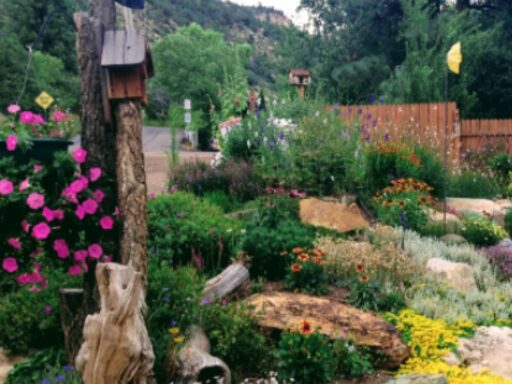
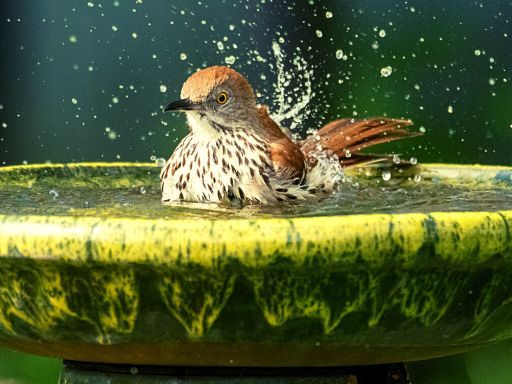
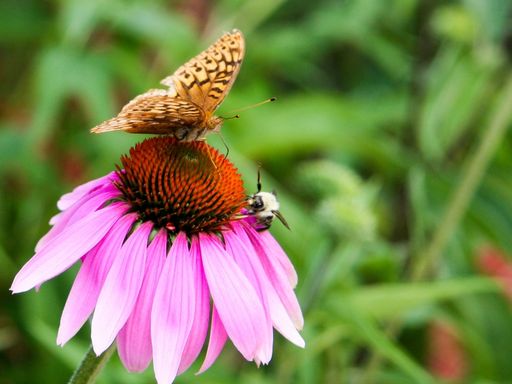
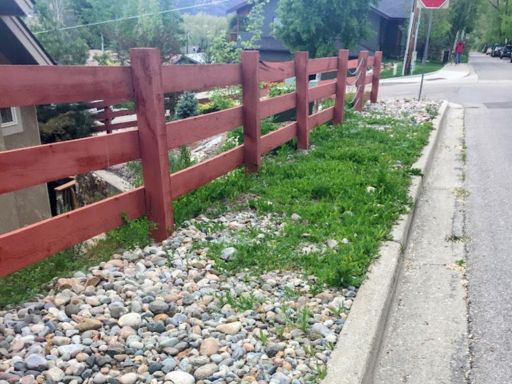
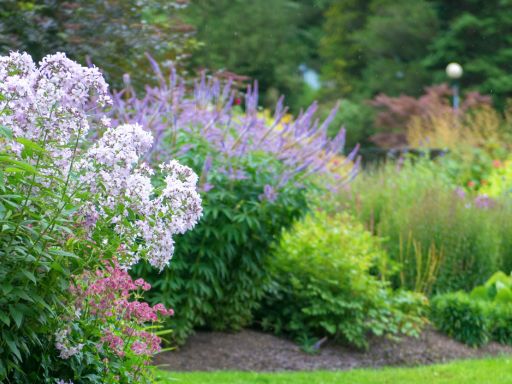


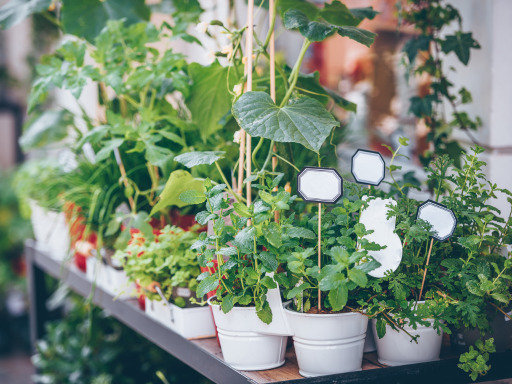
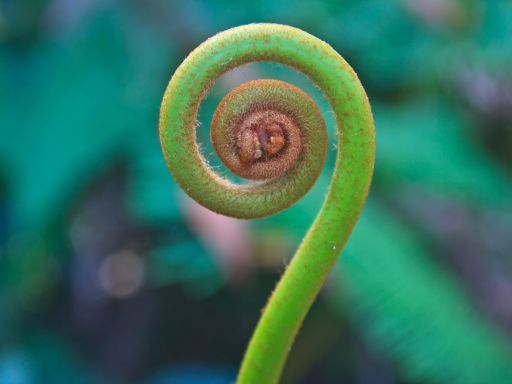

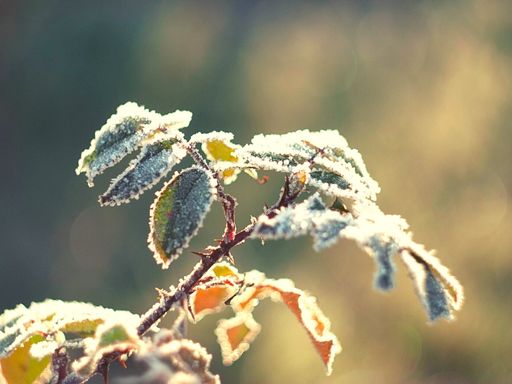
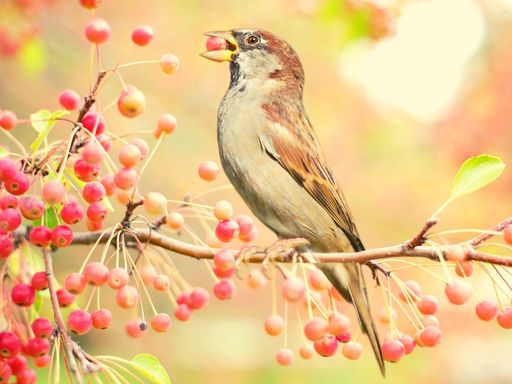





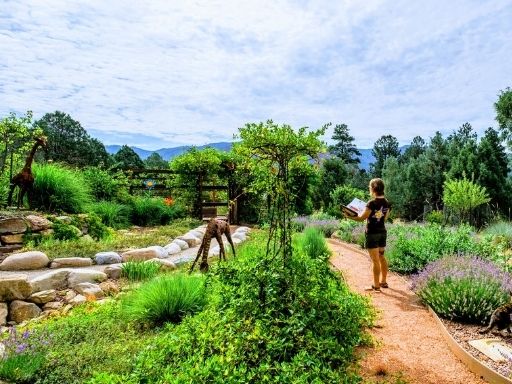
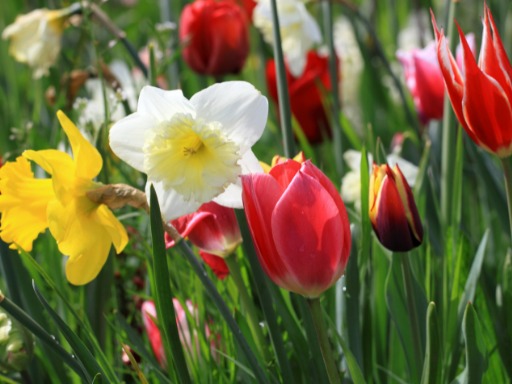
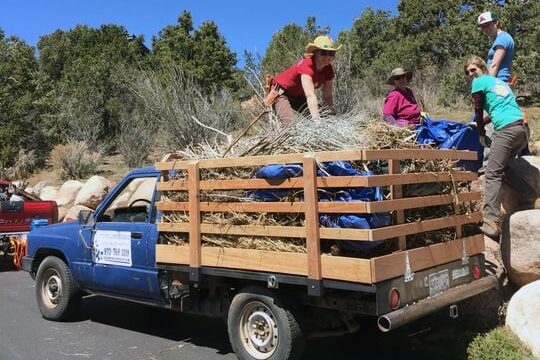
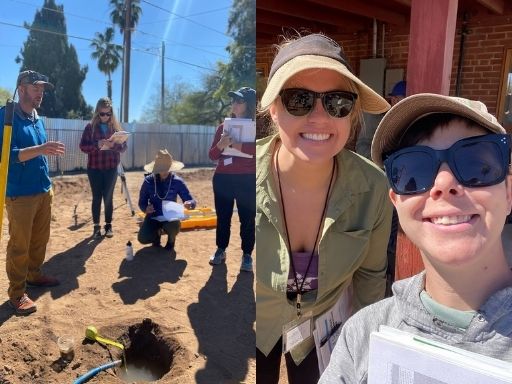
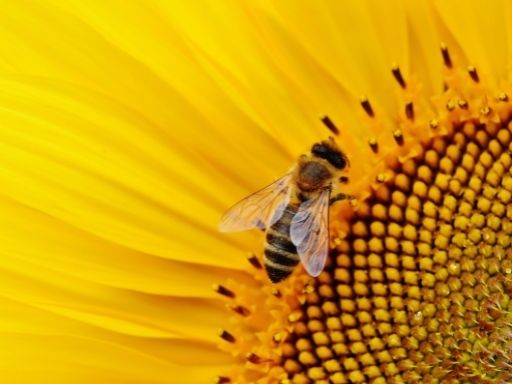

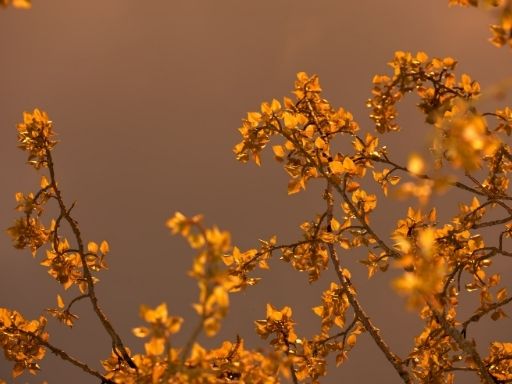

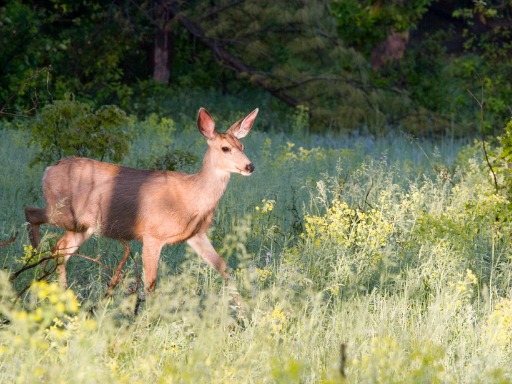

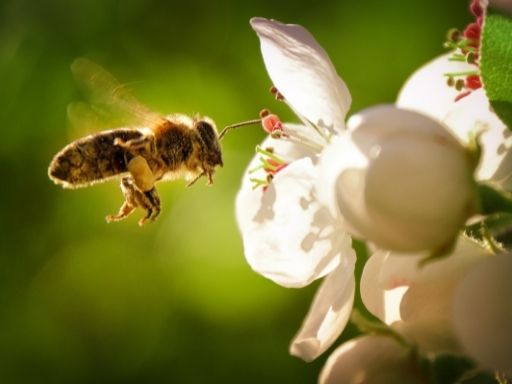
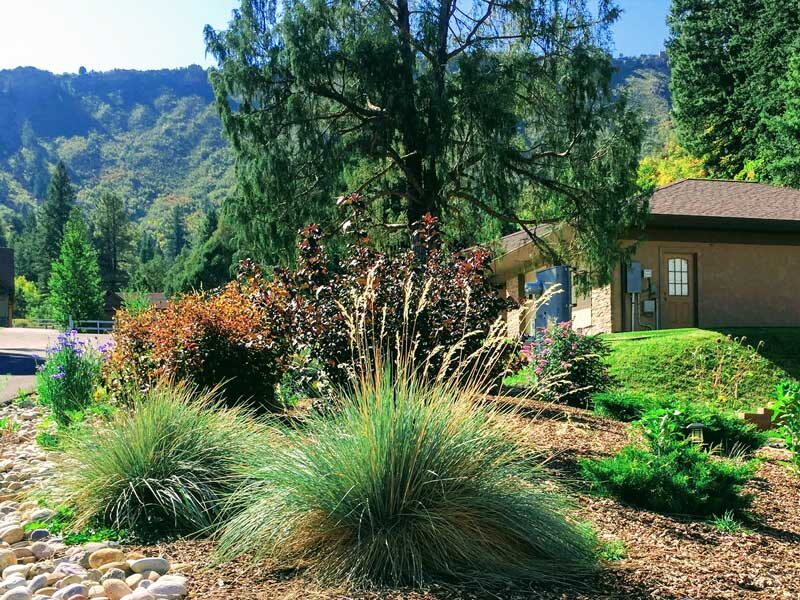
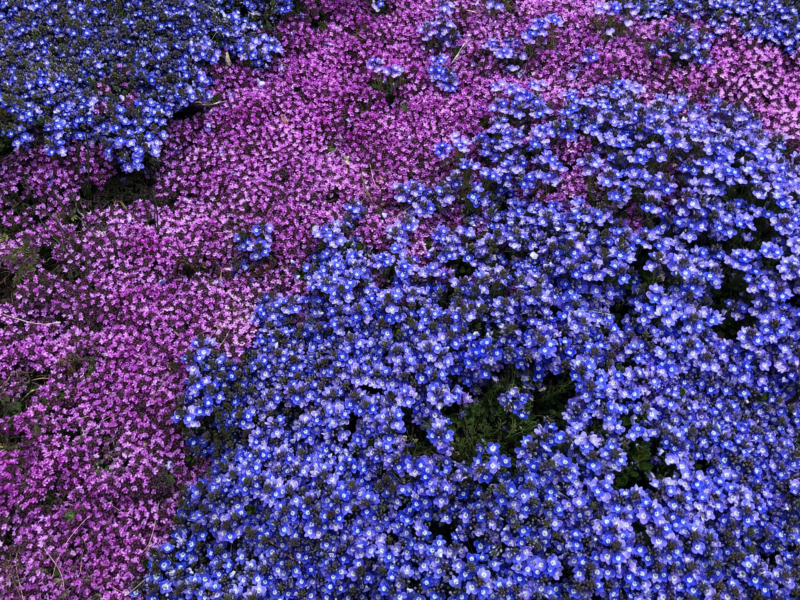
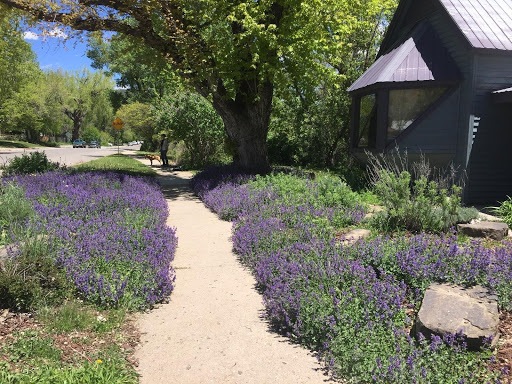
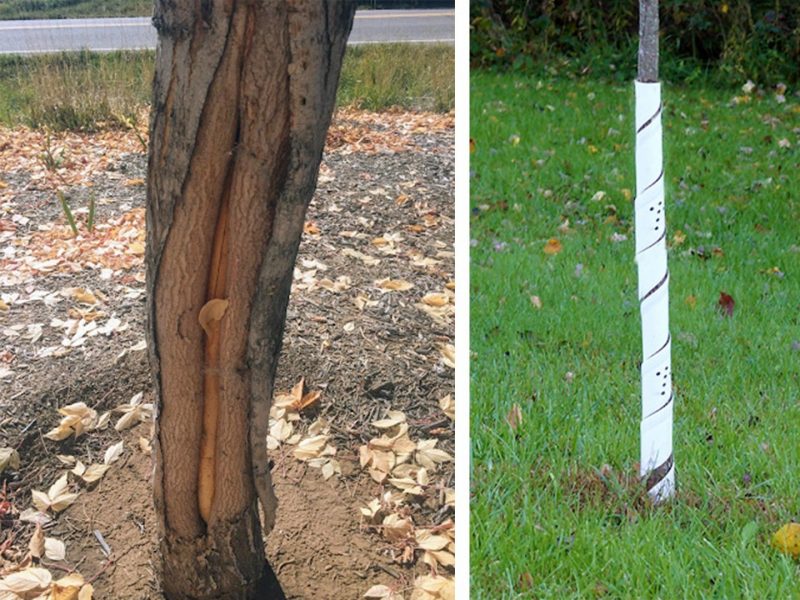
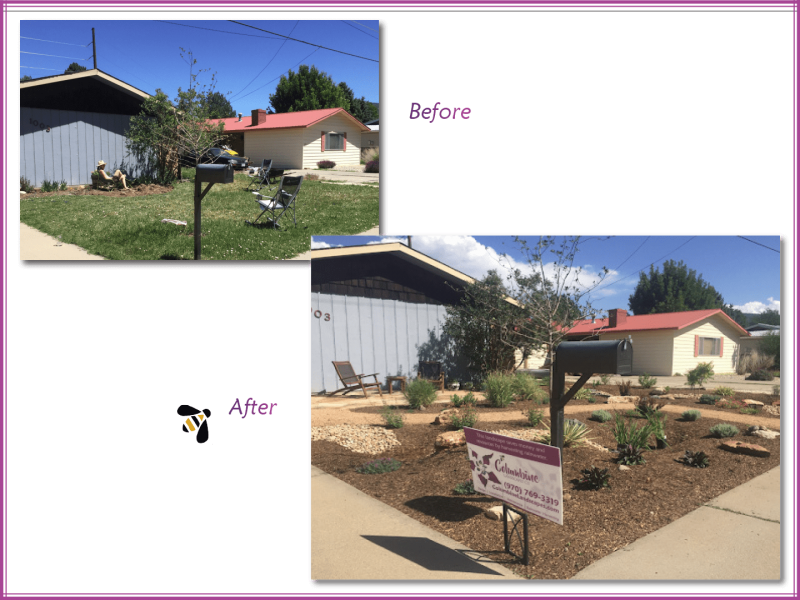
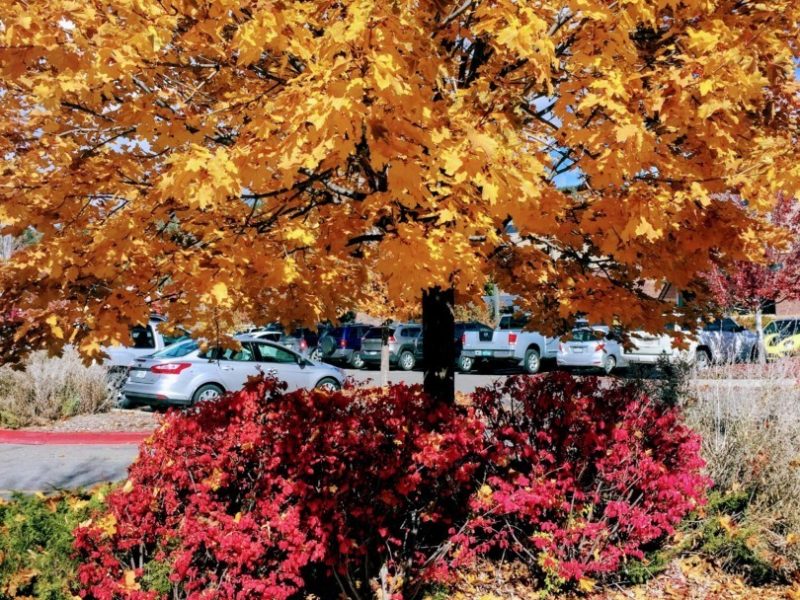
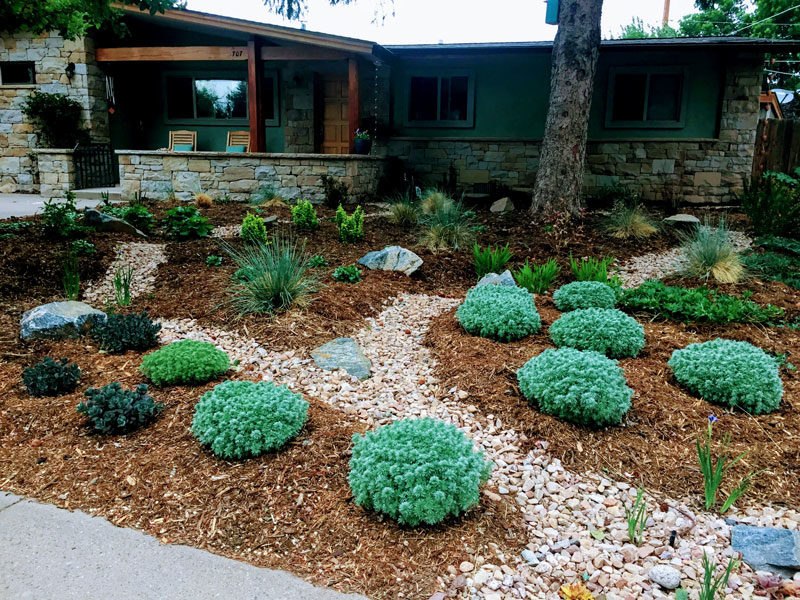
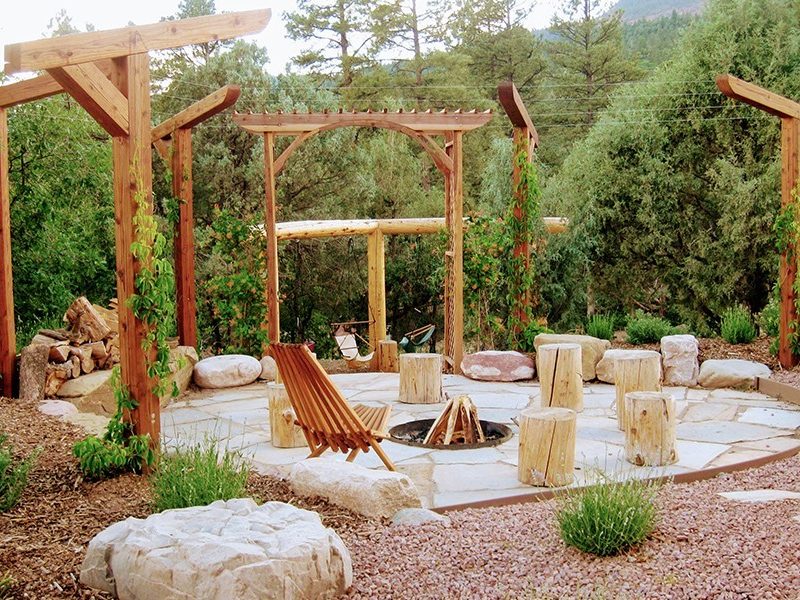



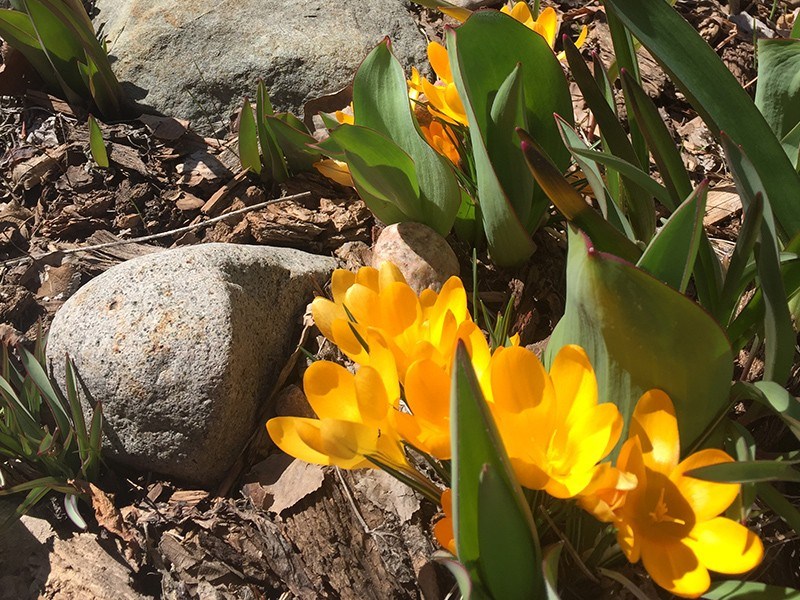
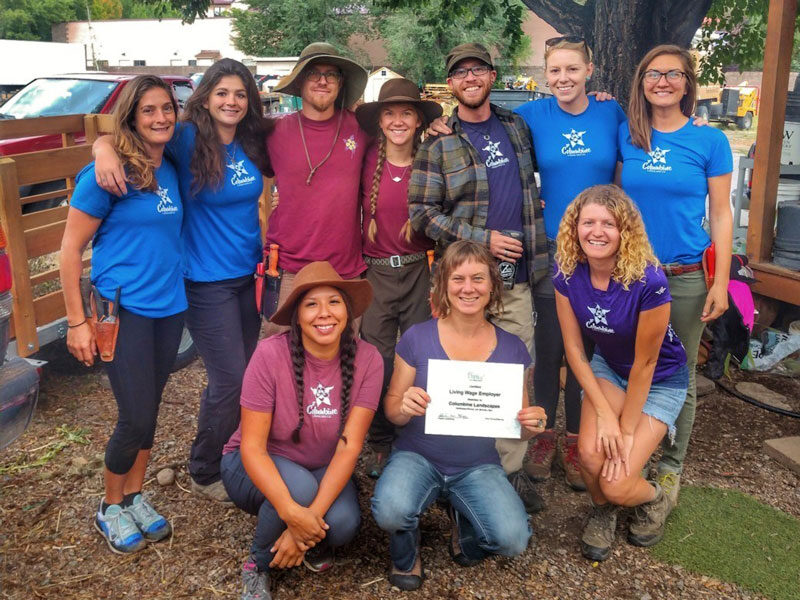
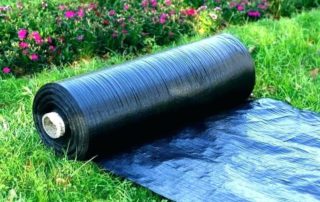
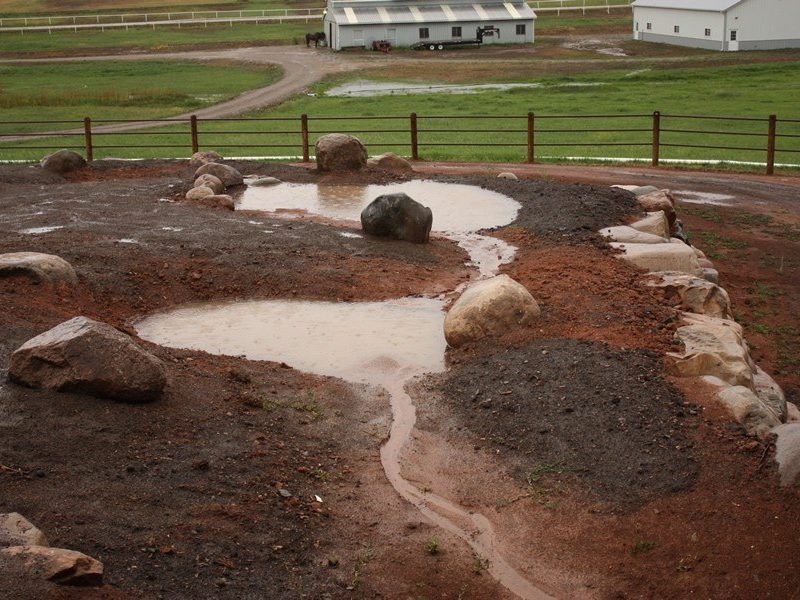
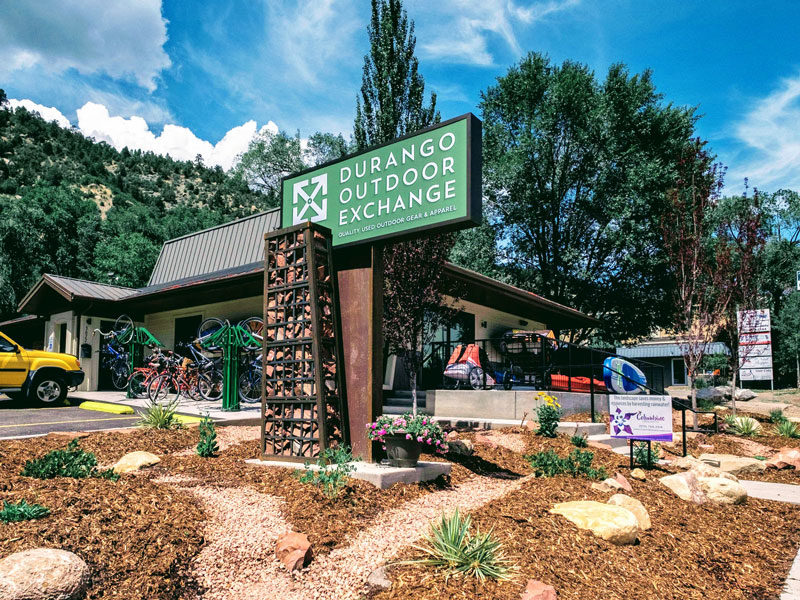



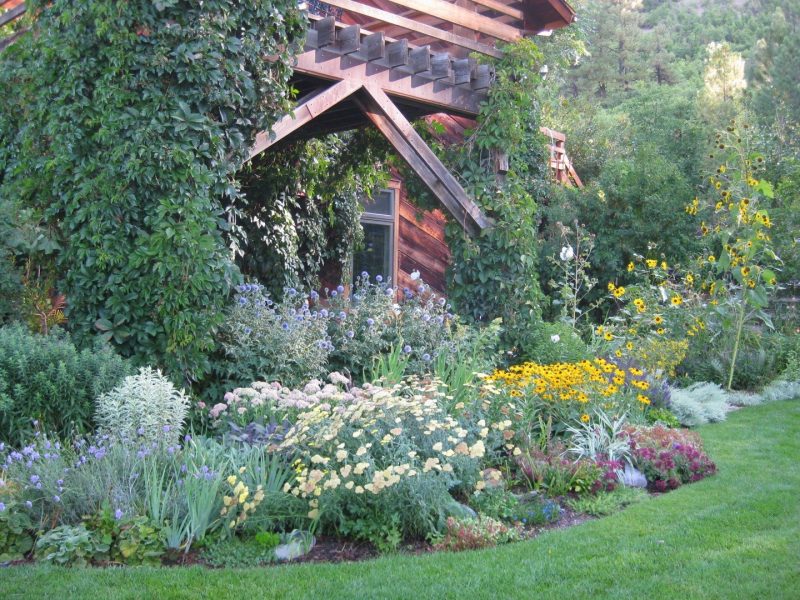

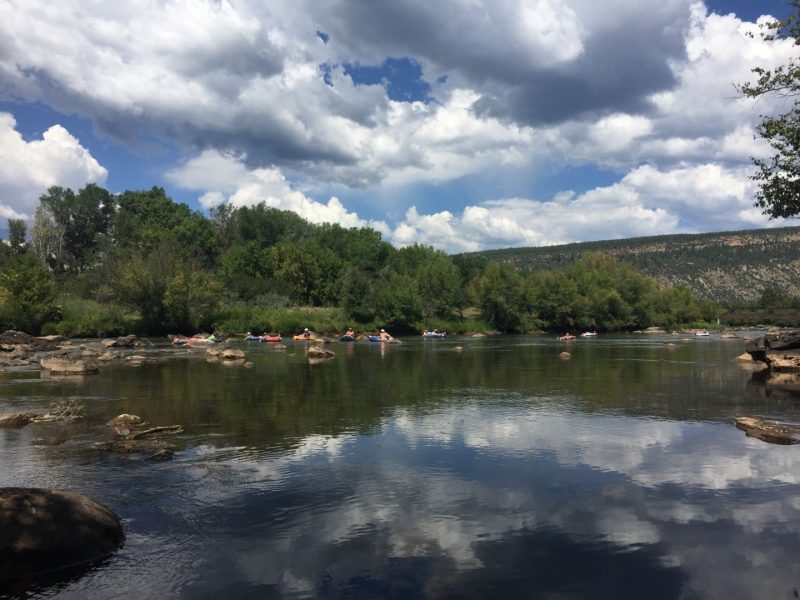
Sorry, the comment form is closed at this time.